1. Fancy China Sets
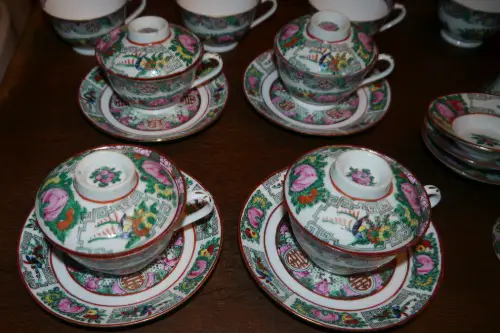
For decades, owning a set of fine china was a must for upper-class households. Brands like Wedgwood, Lenox, and Noritake made elegant porcelain dinnerware that was reserved for special occasions. Displaying a china cabinet full of delicate plates and teacups was a sign of refinement and good taste. But as lifestyles changed, the need for a “good” set of dishes faded, and formal dining became less common.
Now, many families inherit china sets only to leave them in storage or sell them online for a fraction of their original price, according to Tracee M. Herbaugh from AP News. The rise of casual dining and modern dishware has made traditional fine china feel outdated and impractical. People now prefer durable, dishwasher-safe plates over fragile, high-maintenance porcelain. Once a prized possession, fancy china is now something many millennials and Gen Zers don’t even want.
2. Lobster and Steak Dinners

Once, ordering a lobster tail or a filet mignon meant you were indulging in one of the most expensive meals available. Lobster was considered a delicacy, and steak was a sign of wealth, making the combination the ultimate show of high-class dining. In the mid-20th century, high-end restaurants made surf-and-turf a luxury staple, and it remained that way for decades, according to Daniel Luzer from Pacific Standard. However, mass production, overfishing, and the rise of affordable steakhouse chains took away much of its exclusivity.
Now, you can grab a lobster roll from a fast-food chain or a cheap steak dinner from a casual restaurant. What was once a sign of wealth is now a common weekend splurge, not a once-in-a-lifetime treat. Even frozen lobster tails and pre-packaged filet mignon are widely available at grocery stores. While still delicious, these foods no longer have the same aura of sophistication.
3. Champagne

For generations, popping a bottle of champagne meant you were celebrating something truly special. Imported from France, it was seen as a drink for the wealthy, reserved for weddings, New Year’s Eve, and elite social gatherings. Classic brands like Moët & Chandon and Dom Pérignon reinforced its reputation as a high-class indulgence. But as cheaper sparkling wines and mass-produced champagnes flooded the market, the drink lost some of its exclusivity.
Now, you can find bottles of bubbly for under $10 at any grocery store, making it accessible to almost anyone, according to Julia Duda from Tasting Table. Brands like André and Barefoot sell inexpensive versions that are often more sugary than sophisticated. Many people now opt for prosecco or other sparkling wines that are just as good, if not better, than lower-end champagnes. The drink still has a festive feel, but it’s no longer a guaranteed marker of wealth.
4. Venetian Blinds

Back in the day, Venetian blinds were a sleek, modern upgrade from heavy drapes and curtains. They gave homes a streamlined, minimalist look while still offering privacy and light control, the Museo Agostini explains. In the mid-20th century, having custom blinds—especially aluminum or wooden ones—was considered a sign of a well-designed, elegant home. But over time, cheaper materials like plastic took over, making blinds a budget-friendly and uninspired choice.
Now, basic white blinds are standard in apartments, offices, and rental properties, where function matters more than fashion. They’ve become associated with cheap, flimsy construction rather than refined home decor. Many homeowners today prefer stylish alternatives like Roman shades or motorized smart blinds. What was once a high-end touch is now something people often replace as soon as they can.
5. Plastic-Wrapped Furniture

For decades, covering furniture in clear plastic was a way to show off expensive upholstery while keeping it in pristine condition. It was especially popular in the 1950s and ‘60s when people invested in plush sofas and wanted them to last forever, according to the Tenement Museum. The idea was that only people with money had furniture nice enough to protect, even if it meant sitting on an uncomfortably sticky surface. Over time, though, it became a joke—associated more with overprotective grandparents than with luxury.
By the late 20th century, plastic-covered furniture had become a symbol of outdated excess rather than wealth. The once “fancy” habit now seemed impractical and cheap, as modern materials made furniture more durable and easier to clean. People started preferring lived-in comfort over a museum-like living room. Today, if you see a plastic-wrapped couch, it’s more likely in an old-fashioned relative’s house than in a luxury home.
6. Stretch Limos
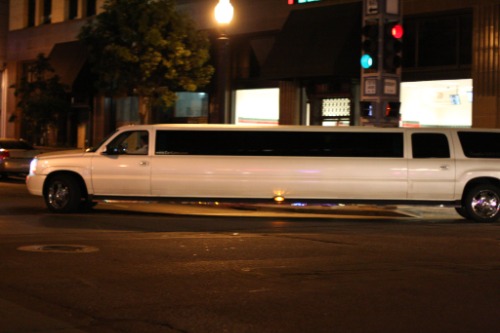
For years, nothing said “I’ve made it” like arriving somewhere in a stretch limousine. Celebrities, CEOs, and prom-goers alike used them to show off status and style. Limos were seen as luxurious and exclusive, making any event feel red-carpet worthy. But as ride-sharing services and black car services became more common, the classic stretch limo started to feel outdated.
Today, limos are more associated with tacky bachelor parties and outdated wedding traditions than real luxury. Many high-end travelers now prefer sleek black SUVs or private chauffeur services over old-school limos. The rise of more practical and stylish transportation options has made limos seem excessive and unnecessary. Once the height of elegance, they’re now more of a novelty than a true status symbol.
7. Waterbeds
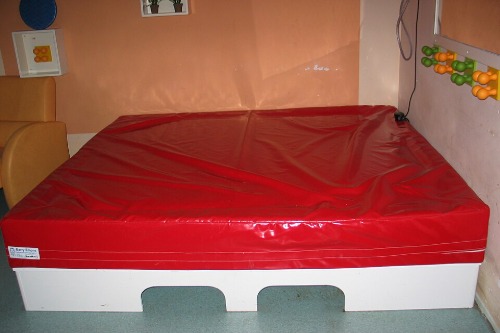
Waterbeds were once the ultimate sign of a high-tech, luxurious bedroom. In the 1970s and ‘80s, they were marketed as futuristic, comfortable, and even good for your back. Having a waterbed meant you were trendy and willing to spend money on cutting-edge home technology. But as time went on, the downsides—leaks, maintenance, and lack of proper support—became more apparent.
By the 1990s, traditional mattresses had improved in comfort and durability, making waterbeds feel impractical. Hotels and high-end homes abandoned them in favor of memory foam and hybrid beds. Now, waterbeds are mostly a relic of the past, remembered more as a quirky fad than a true luxury item. Once futuristic and stylish, they’re now seen as outdated and inconvenient.
8. Wood Paneling
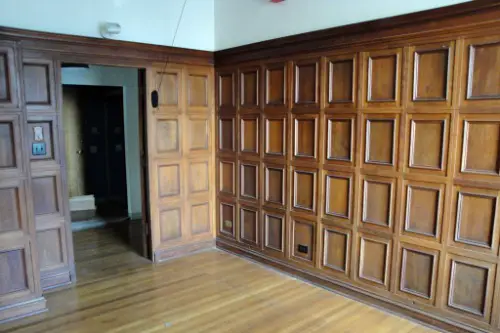
In the mid-20th century, wood-paneled walls were a sign of a stylish, well-appointed home. Whether in rich mahogany, oak, or cherry, wood paneling gave a room a warm, elegant feel. It was especially popular in dens, libraries, and upscale basement lounges, making homes look sophisticated and expensive. But as the decades passed, the look started to feel dated, and cheaper materials like faux wood paneling made it even less appealing.
By the 1980s and ‘90s, wood paneling was more associated with cheap motel rooms and outdated basements than luxury. Many homeowners began painting over it or ripping it out entirely in favor of drywall or modern wallpaper. Today, real wood paneling can still be luxurious, but most people think of the cheap, artificial versions that became widespread. What was once a sign of elegance is now a classic indicator of a home stuck in the past.
9. Mirrored Ceilings

Nothing screamed opulence in the 1970s and ‘80s quite like a mirrored ceiling. Whether in bedrooms, dining rooms, or even bathrooms, mirrors were used to create a dramatic, high-end effect. The idea was that they made spaces look bigger and added a glamorous, almost futuristic touch. But as tastes shifted, mirrored ceilings became less about luxury and more about tacky excess.
By the 1990s, they were mostly found in outdated hotels, nightclubs, and cheap apartments trying to hold onto a sense of old-school glamour. Instead of feeling high-end, they started to feel cheesy and impractical. Many people associated them with sleazy motels or gaudy home decor rather than elegance. Now, they’re mostly a relic of the past, with modern design favoring subtlety over over-the-top shine.
10. Crystal Decanters
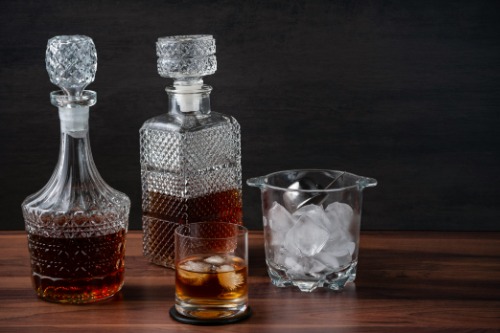
Owning a crystal decanter set used to be a sign of refined taste and wealth. High-end brands like Waterford and Baccarat produced intricate, hand-cut designs that were meant to hold top-shelf liquor. Displaying a decanter on a bar cart or in a dining room was a way to show off one’s sophistication. But over time, they became less of a status symbol and more of a decoration collecting dust.
Today, most people simply keep their liquor in its original bottle, especially since many premium brands design their bottles to look expensive on their own. Mass production also led to cheaper, imitation crystal that made the once-luxurious look feel ordinary. While real crystal decanters still exist, they are more of a nostalgic item than a must-have luxury. What was once a mark of elegance is now often found at thrift stores or in forgotten cabinets.
11. Hotel Mini Bars
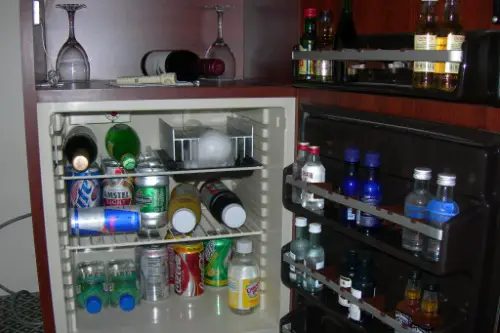
Once, opening a mini bar in a hotel room felt like indulging in a true VIP experience. Mini bottles of liquor, fancy snacks, and overpriced sodas were seen as a luxury convenience for travelers who could afford the splurge. In high-end hotels, the mini bar was a symbol of status, offering gourmet treats at premium prices. But as time went on, people started realizing just how outrageously expensive those little bottles and snacks were.
With the rise of ride-sharing and food delivery apps, hotel guests now prefer to bring their own drinks and snacks. Many hotels have even removed mini bars entirely or switched to self-service pantries in the lobby. What was once a sign of first-class hospitality is now often seen as a scam. Instead of luxury, mini bars now just feel like a rip-off waiting to happen.
12. Faux Gold Fixtures

Gold-toned faucets, doorknobs, and chandeliers used to be a sign of wealth and high-class interior design. In the 1980s and ‘90s, gold finishes were everywhere, from ritzy hotel lobbies to upscale suburban homes. They were meant to add a sense of elegance and sophistication, making even an ordinary bathroom or kitchen look luxurious. But as cheaper, fake gold finishes flooded the market, they quickly lost their appeal.
By the 2000s, gold fixtures were seen as outdated, gaudy, and a little bit tacky. Many homeowners ripped them out in favor of brushed nickel, matte black, or other more modern finishes. While real gold accents can still be high-end, the overuse of cheap, brassy imitations made them feel cheap. Now, they’re more associated with outdated décor than timeless luxury.
13. Expensive-Looking Phones
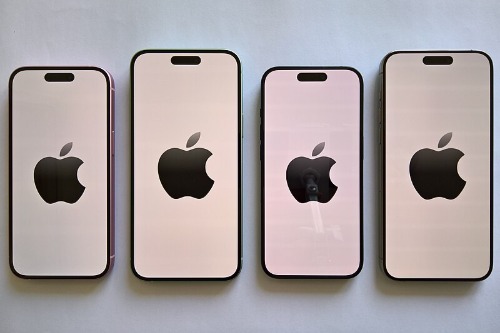
There was a time when having a sleek, high-tech phone was a clear sign of status. In the early 2000s, phones like the Motorola Razr and BlackBerry were symbols of wealth and business success. If you had a gold-plated or diamond-encrusted phone, you were in a whole different league of luxury. But as smartphones became a necessity for everyone, the prestige of having a flashy phone faded.
Now, even the most expensive iPhones or Samsung models look nearly identical to their mid-range counterparts. Since nearly everyone has access to powerful technology, having the latest phone no longer signifies wealth the way it once did. Luxury brands have even tried to make high-end phones, but they often fail to justify their extreme prices. What used to be a status symbol is now just an everyday essential.
14. Perfume and Cologne Gift Sets
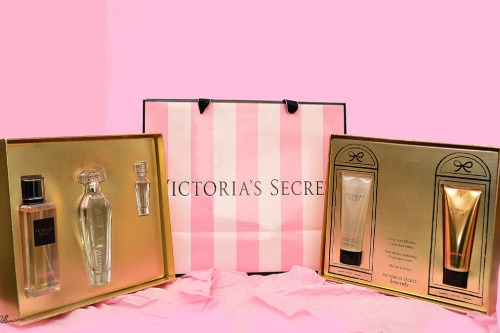
Once, receiving a boxed set of designer perfume or cologne was considered a classy and thoughtful gift. Fancy brands like Chanel, Dior, and Gucci made their gift sets look high-end with luxurious packaging and mini accessories. Owning a collection of scents meant you had taste and sophistication, and displaying them on a vanity was a subtle sign of wealth. But as department stores and drugstores started mass-producing cheap fragrance sets, the exclusivity disappeared.
Now, most gift sets are filled with low-quality, overly sweet perfumes or generic-smelling colognes. Many people see them as impersonal, last-minute gifts rather than something truly special. Instead of signaling luxury, these sets now often end up in clearance bins after the holidays. What was once a high-class present is now just another forgettable stocking stuffer.


